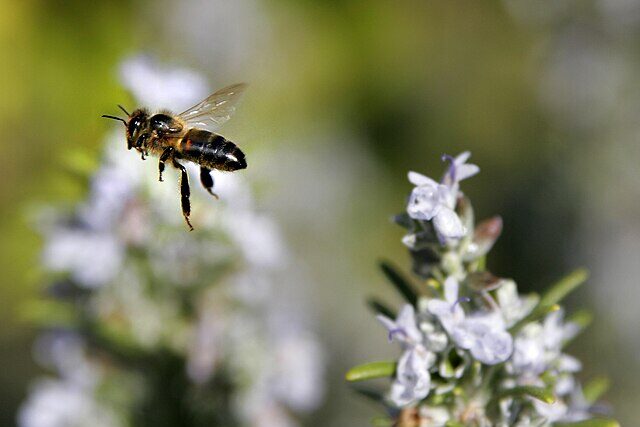
Wild Pollinators in Europe Face Rising Extinction Risk
Europe’s wild bees and butterflies are experiencing a rapidly worsening extinction crisis. A new conservation assessment has issued urgent warnings, calling for swift action to reverse the “dire” condition of these essential pollinators.
These declines pose a serious threat to natural ecosystems and to food production across the continent.
Sharp Increase in Threatened Bee Species
New European-level assessments for the International Union for Conservation of Nature’s (IUCN) Red List now show that nearly 100 additional wild bee species are at risk.
A total of 172 out of 1,928 assessed species are now threatened. This means one in ten wild bee species in Europe is at risk of extinction, compared with 77 species in 2014.
More than 20% of both bumble bee and cellophane bee species are currently under threat.
This includes 15 bumble bee species, which are vital for crops such as peas, beans, and clover, and 14 cellophane bee species, essential for plants in the daisy family and for trees including red maples.
Their decline has been linked to agricultural expansion, pollution, and rising temperatures. Immediate measures are now considered necessary.
Butterflies Also in Decline
The situation for butterflies is similarly serious.
Out of 442 species assessed, 65 species (15%) now face extinction risk, up from 37 species in 2010.
More than 40% of butterfly species found only in Europe are now either threatened or close to becoming threatened.
One species, the Madeiran large white, once native to the island of Madeira, has now been declared extinct, according to the IUCN.
Habitat Loss Identified as the Leading Cause
Conservation specialists state that habitat loss is the primary threat to wild pollinators.
Intensive agriculture and forestry have reduced the availability of traditional habitats, such as flower-rich meadows.
In many less productive rural regions, land abandonment has also removed diverse landscapes that once supported pollinators.
Changing Climate Has Uneven Effects on Species
Rising temperatures are affecting species differently.
Cold-adapted bumble bees are struggling, while some carpenter bees are benefiting. Warmer conditions are accelerating their development and reproduction.
Dr Martin Warren, former chief executive of Butterfly Conservation and one of the lead coordinators of the European Butterflies assessment, said: “Many European butterflies are threatened by habitat changes due to rising temperatures.
“However, by ensuring their habitats are managed as well as possible and populations are large and robust, they stand a chance.
“Others can be saved from extinction by preventing wildfires, which can obliterate habitats for years.”
Dr Grethel Aguilar, IUCN director general, said: “Beyond their beauty and cultural significance, pollinators like bees and butterflies are lifelines for our health, our food systems and our economies – sustaining the fruits, vegetables and seeds that nourish us.
“In fact, four out of five crop and wildflower species in the EU rely on insect pollination.
“The latest European Red List assessments reveal serious challenges, with threats mounting for butterflies and crucial wild bee species.”
But, she added, it also provided the data needed to drive urgent conservation action to reverse declining population.
Assessments Supported by the European Commission
These European-level species assessments, the first of their scope since the early 2010s, were funded by the European Commission.
The Commission’s environment commissioner, Jessika Roswall, said: “The new assessment shows that the conservation status of European wild bees, butterflies and other pollinators is dire.
“These are the foundation for our food systems, our ecosystems and our societies. Urgent and collective action is needed to tackle this threat.”
——————————————————————————
At Natural World Fund, we are passionate about restoring habitats in the UK to halt the decline in our wildlife.

